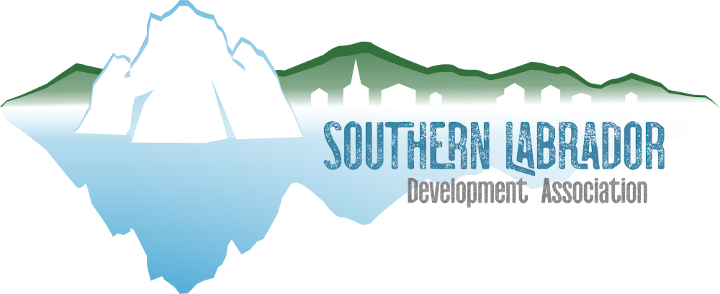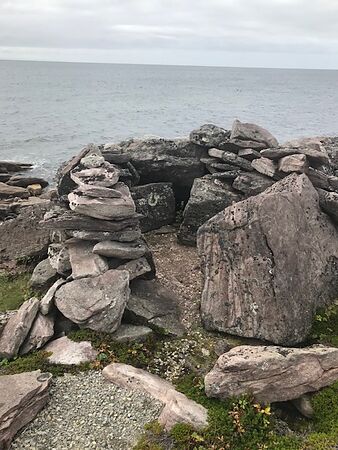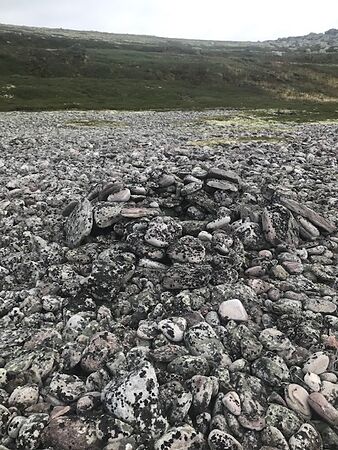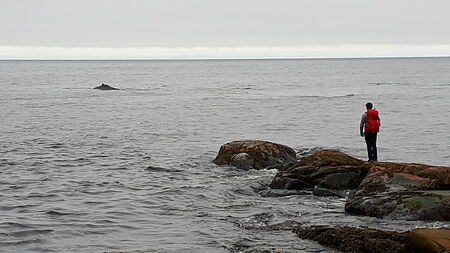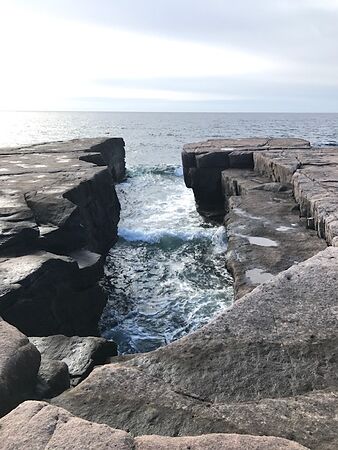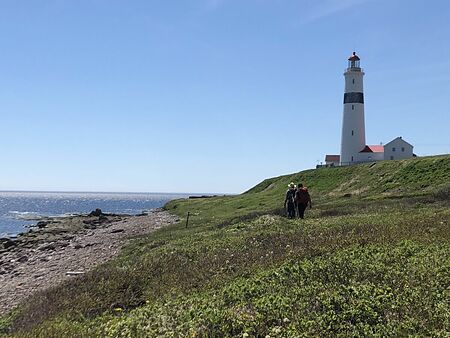The Pioneers
The Labrador Pioneer Footpath developed during the 19th and early 20th centuries with the establishment of year-round, permanent settlement in the Labrador Straits region by English, Newfoundland and Jersey settlers. As the first year-round residents, those settlers were pioneers.
Prior to that time the region was utilized seasonally by European fishermen and whalers, beginning about 1500. The Basques who established the first whaling industry at Red Bay were also pioneers, as were the French (and later, English) fishers and merchants who built the commercial cod fishery.
The 500-year European history of the Labrador Straits region is filled with pioneering ventures.
During that time period, and for thousands of years prior, Indigenous people lived in the Labrador Straits region. They came to the coast for the rich marine resources — especially seals and salmon — available in the spring, summer and fall.
Archaeologists identify two distinct cultural groups, ancestors of today's Innu and Inuit people of Labrador. Many thousands of years ago Innu-related people spread eastward from Canada's eastern woodlands, eventually reaching Labrador. Inuit people from northern regions of Labrador and the Arctic expanded southward along the Labrador coast.
Our knowledge of Indigenous people in the Labrador Straits region is scant, based only on scattered archaeological remains, and is not well-studied. Yet we can say without hesitation that both groups were pioneers, exploring and adapting to a new land soon after the retreat of glacial ice fields.
The Labrador Pioneer Footpath allows you to explore the coastline of the Labrador Straits and visit places were these diverse groups of pioneers lived and worked.
Historical Travel
The modern communities along the Labrador Straits trace their origin to the 18th and 19th century. They were established as commercial fishing places, places that offered sheltered harbours in close proximity to near-shore fishery resources. These harbours also provided other necessities — shorefront land, sources of fresh water, and nearby sources of wood for construction and for fuel.
These settlements were very much oriented to the sea. The sea provided the rich harvest of marine resources, the sea provided the vital transportation routes for getting the harvest to market and for receiving in return critical supplies of food and equipment. Historically the sea was the highway.
Within and around the communities land travel was necessary for everyday life. Human power was augmented by dog sleds and occasionally horse-drawn carts for transporting heavy loads such timber (for construction and repair of wharves, stages, 'flakes' for drying fish) and firewood — the primary heating fuel. The lands around communities provided important resources such as freshwater fish, wildberries, game birds and fur-bearing animals. All these were accessed by trails from the community.
Travel between communities occurred by boat. There was a variety of boats used in the fishery that could travel the ~15 mi. distance between harbours. Before the early 20th century, boats were powered by sail or oars. Bad weather and rough seas often made the coastal waters dangerous for small vessels, and winter conditions meant boat travel was near-impossible for up to 5 months of the year.
An alternate land route enabled travel between communities that were otherwise completely isolated. And without telephones or radio, it was the only means of communicating between settlements.
That land route is being revived today as the Labrador Pioneer Footpath.

